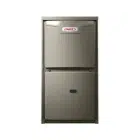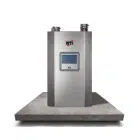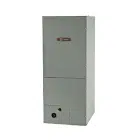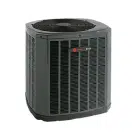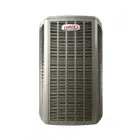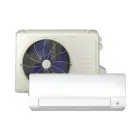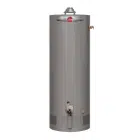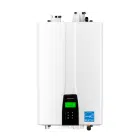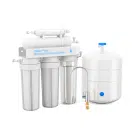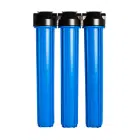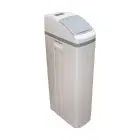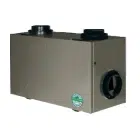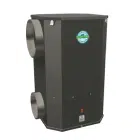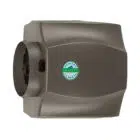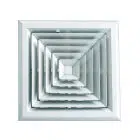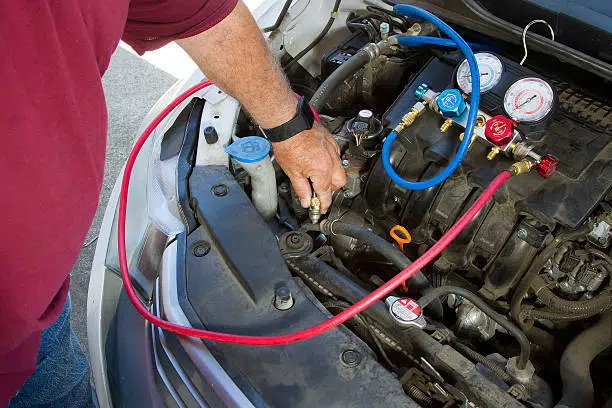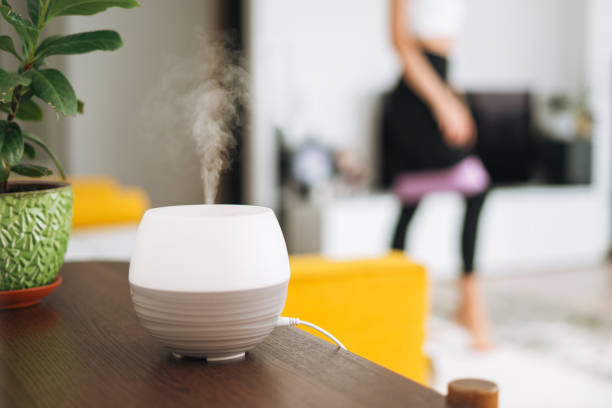
Table of Contents
Ever notice your lips cracking during a Canadian winter, or your walls sweating during the summer? That’s your home’s humidity level screaming for attention. Maintaining the right humidity isn’t just about feeling comfortable—it impacts your health, your home’s condition, and even your energy bills. Whether it’s the dry chill of January or the muggy heat of July, balancing indoor humidity is key to a happy, healthy home. Let’s explore why.
What Is Humidity, and How Is It Measured?
Humidity refers to the amount of moisture in the air. The key term here is relative humidity (RH), which tells you how much water vapor is in the air compared to how much it could hold at a given temperature. For indoor spaces, the sweet spot is typically between 30% and 50% RH.
Measuring humidity is simple with a hygrometer. This handy device gives you a quick read on your home’s RH level. You can find hygrometers online or at your local hardware store. The best part? They’re easy to use, and some even come as part of modern thermostats. If you’re a fan of smart tech, you can monitor your home’s humidity directly from your phone.
Normal Humidity Levels Under Different Conditions
|
Condition
|
Ideal Humidity Level (%)
|
|---|---|
|
Winter (Cold Climate)
|
30-40%
|
|
Summer (Warm Climate)
|
40-50%
|
|
Indoor with AC
|
35-45%
|
|
Indoor with Heating
|
30-40%
|
Why Maintaining Proper Humidity Levels Is Important
Let’s break down how humidity affects every corner of your life—from your body to your house.
Health Benefits
Too little humidity dries out your skin, eyes, and respiratory system. Ever feel like your throat is a desert in the winter? That’s low humidity at work. On the flip side, too much humidity creates a breeding ground for mold, mildew, and dust mites. These can trigger allergies and worsen asthma, making balanced humidity crucial for your well-being.
Comfort and Air Quality
Proper humidity makes your home feel more comfortable. High humidity can feel stuffy and oppressive, especially in the summer, while low humidity can cause static electricity and that dreaded “shocking” sensation when you touch metal surfaces. Keeping the humidity level in your home within the optimal range improves overall comfort and enhances air quality.
Home Maintenance
Humidity doesn’t just affect you; it also impacts your home. Too much moisture can lead to peeling paint, warped wood, and condensation on windows. On the other hand, overly dry air can crack hardwood floors and damage furniture. Monitoring and maintaining the correct humidity level can prevent costly repairs.
Energy Efficiency
Balanced humidity can even save you money. When humidity levels are right, your HVAC system doesn’t have to work as hard, which means lower energy bills. High humidity makes your air conditioner work overtime, while low humidity forces your furnace to pump out more heat. A well-regulated humidity level in your home ensures your system runs efficiently.
Check out best tips on how to save energy and improve efficiency in your home in our previous blog.
How to Check Your Home’s Humidity Level
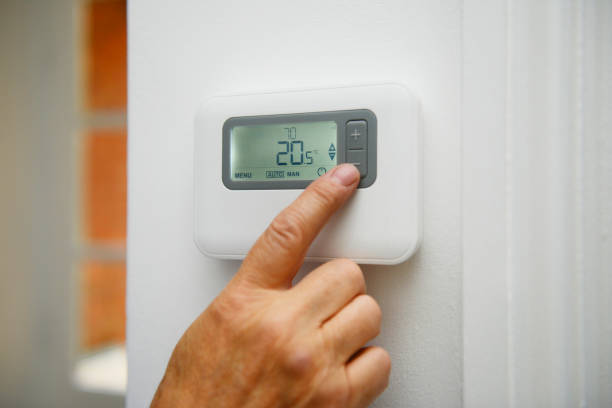
Want to know your home’s humidity level? Here’s a quick guide:
🔄 Use a Hygrometer: Place it in the main living area and let it sit for a few hours to get an accurate reading. Aim for 30-50% RH.
🔄 Look for Signs: No hygrometer? No problem. Watch for visual clues:
- Too Low Humidity: Cracked skin, static electricity, dry sinuses, and creaking floors.
- Too High Humidity: Foggy windows, musty odors, and mold in damp areas like basements or bathrooms. These signs often indicate that the humidity in home is out of balance.
🔄 Test Regularly: Humidity levels fluctuate throughout the year. Check frequently during seasonal changes to ensure your home stays within the optimal range.
Do you know when it’s time to use a dehumidifier? Check out our previous article to find out.
How to Maintain Optimal Indoor Humidity
Once you know your home’s humidity level, the next step is maintaining it. Here’s how:
For Low Humidity
🌿Use a Humidifier: Central or portable humidifiers can add moisture to the air quickly and efficiently.
🌿Seal Drafts: Gaps around doors and windows let dry air sneak in. Use weather stripping or caulking to fix leaks.
🌿Add Houseplants: Certain plants, like peace lilies and Boston ferns, naturally increase humidity levels.
For High Humidity
🚿 Run a Dehumidifier: These devices are lifesavers in damp basements or during humid summers.
🚿Improve Ventilation: Use exhaust fans in bathrooms and kitchens to reduce excess moisture.
🚿Fix Leaks: Address plumbing or roof leaks promptly to prevent moisture buildup.
Routine HVAC maintenance is essential for keeping your home’s humidity balanced. A well-functioning system ensures proper airflow and reduces humidity issues.
Best Humidifiers for Canadian Homes
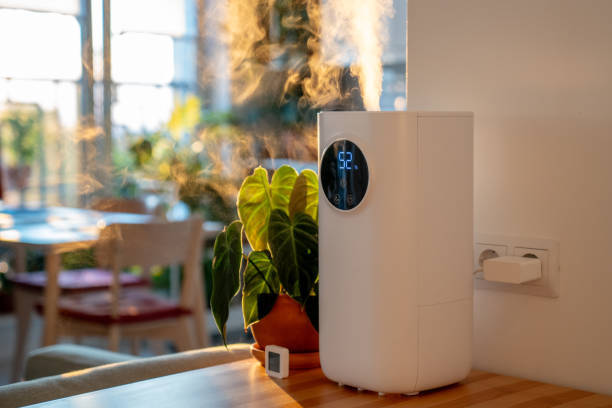
Looking for a top-quality humidifier to combat dry Canadian winters? Here are our top picks:
- Honeywell HCM-350 Germ-Free Cool Mist Humidifier
- Kills 99.9% of bacteria in the water using UV light.
- Ideal for bedrooms with its quiet operation.
- Levoit LV600HH Hybrid Ultrasonic Humidifier
- Offers both warm and cool mist options.
- Easy to control with a remote and perfect for larger spaces.
- Vornado Evap40 Evaporative Humidifier
- Covers up to 1,000 square feet.
- Features automatic humidity control for hands-free operation.
- TaoTronics TT-AH001 Ultrasonic Humidifier
- Compact, ultra-quiet, and energy-efficient.
- Great for nurseries or small rooms.
|
Humidifier
|
Key Features
|
|---|---|
|
Honeywell HCM-350 Germ-Free Cool Mist Humidifier
|
Kills 99.9% of bacteria in the water using UV light. Ideal for bedrooms with its quiet operation.
|
|
Levoit LV600HH Hybrid Ultrasonic Humidifier
|
Offers both warm and cool mist options. Easy to control with a remote and perfect for larger spaces.
|
|
Vornado Evap40 Evaporative Humidifier
|
Covers up to 1,000 square feet. Features automatic humidity control for hands-free operation.
|
|
TaoTronics TT-AH001 Ultrasonic Humidifier
|
Compact, ultra-quiet, and energy-efficient. Great for nurseries or small rooms.
|
Conclusion
Proper humidity isn’t just a luxury—it’s a necessity for healthy living, a well-maintained home, and lower energy bills. Whether you’re battling the dryness of a Canadian winter or the humidity of a sticky summer, keeping your home’s humidity in check is a game-changer. Monitoring the humidity in home ensures a comfortable and safe environment year-round.
Ready to improve your home’s comfort and air quality? Contact HVAC Service Solutions today for a humidity assessment and tailored solutions. Let’s make your home the perfect haven, no matter the season.
Frequent Asked Questions
1. What is a safe humidity level for my home?
A safe and comfortable humidity level in your home is typically between 30% and 50%. During colder months, aim for the lower end (around 30-40%) to avoid condensation on windows and walls. In warmer months, stick closer to 40-50% to maintain a cool, comfortable indoor environment. Keeping your home within this range reduces health risks like mold and respiratory irritation while preserving your furniture and flooring. Use a hygrometer to check regularly and ensure your HVAC system is functioning properly.
2. How can I tell if my home’s humidity level is too high or too low?
If your home’s humidity is too high, you might notice foggy windows, musty smells, or visible mold growth in damp areas like basements. High humidity also leads to stuffy air and sticky surfaces. On the flip side, low humidity causes dry skin, static electricity, and cracks in wooden furniture or floors. Additionally, respiratory discomfort, like dry sinuses or a scratchy throat, is a common sign of insufficient moisture. Look for these symptoms or invest in a hygrometer to get an accurate reading of the humidity in home.
3. What are the health effects of improper humidity levels?
High humidity fosters mold, dust mites, and bacteria, which can trigger allergies, asthma, and respiratory infections. Conversely, low humidity dries out your skin, nasal passages, and throat, increasing the likelihood of colds, sinus infections, and even nosebleeds. A balanced humidity level helps maintain healthy mucous membranes, reducing these risks. For homes with infants, elderly residents, or allergy sufferers, maintaining optimal indoor humidity is especially important to ensure a healthy environment.
4. How can I measure the humidity level in my home?
The easiest way to measure your home’s humidity is with a hygrometer. These devices are affordable, user-friendly, and provide accurate RH (relative humidity) readings. Some advanced models even sync with smartphones for real-time updates. If you don’t have a hygrometer, pay attention to signs like condensation, static electricity, or discomfort. For more accurate and detailed results, some HVAC systems come with integrated humidity sensors that allow you to monitor and adjust the humidity through your thermostat.
5. What’s the ideal humidity level during winter?
In winter, aim for a humidity level between 30% and 40%. Cold air holds less moisture, so increasing humidity beyond this range can cause condensation on windows and walls, potentially leading to mold growth. Proper humidity keeps the air comfortable without encouraging excess moisture or dry air issues. Using a humidifier during the cold season is an effective way to maintain the ideal humidity level in your home while protecting your health and home.
6. Can high humidity increase my energy bills?
Yes, high humidity can make your air conditioner work harder to maintain a comfortable temperature, driving up energy costs. When there’s too much moisture in the air, the cooling system needs to run longer to achieve the desired effect. Similarly, low humidity during winter can force your furnace to overwork, increasing heating costs. Balancing the humidity level improves your home’s energy efficiency and reduces the strain on your HVAC system, ultimately saving you money.
7. What’s the best way to control humidity in my home?
To manage low humidity, use a humidifier to add moisture to the air, especially in winter. Seal gaps around windows and doors to prevent dry air from entering. For high humidity, invest in a dehumidifier and improve ventilation in areas like the bathroom and kitchen. Fix any leaks promptly, and ensure your HVAC system is well-maintained to optimize airflow. Balancing the humidity level in your home requires consistent monitoring and quick action when levels shift.
8. Are there specific areas in the home where humidity tends to be higher?
Yes, certain areas like basements, bathrooms, and kitchens naturally have higher humidity due to increased moisture from activities such as cooking, showering, or poor ventilation. These spaces often suffer from condensation and mold growth if not properly managed. Use exhaust fans, dehumidifiers, and proper insulation to keep the humidity in home balanced, especially in these moisture-prone zones.
9. How do humidifiers and dehumidifiers help in balancing home humidity?
Humidifiers increase moisture in the air, which is particularly useful in winter when heating systems can make the air uncomfortably dry. They help relieve dry skin, irritated sinuses, and cracked furniture. Dehumidifiers, on the other hand, remove excess moisture, preventing mold, mildew, and that sticky feeling in humid summers. Using these devices strategically helps maintain the ideal humidity level year-round, ensuring both comfort and health.
10. How often should I check my home’s humidity levels?
It’s a good idea to check your humidity levels at least once a week, especially during seasonal changes. Humidity tends to fluctuate with outdoor weather and HVAC usage, so regular monitoring helps you catch imbalances early. If you notice persistent issues like condensation, mold, or respiratory discomfort, check more frequently. A well-regulated humidity level in your home ensures comfort, energy efficiency, and a healthier living space.
Share

